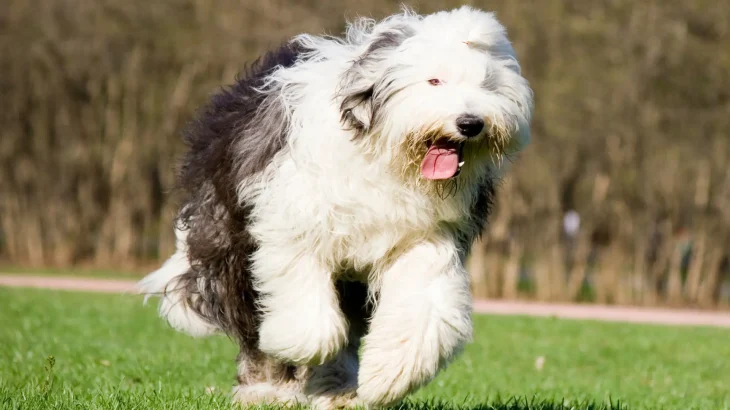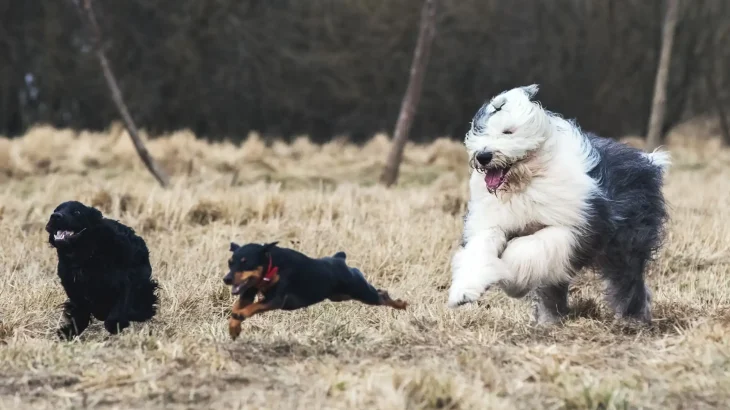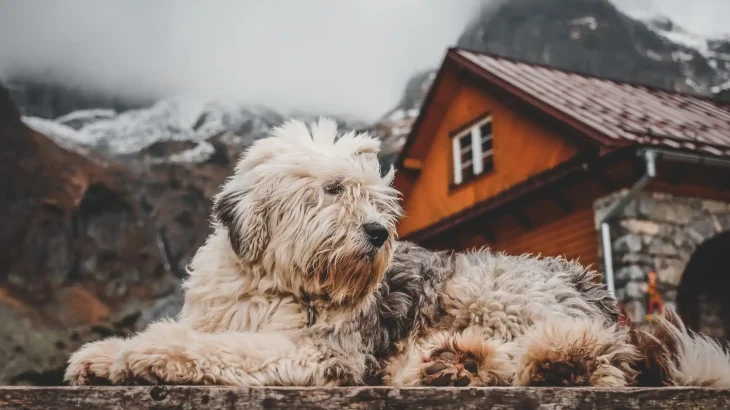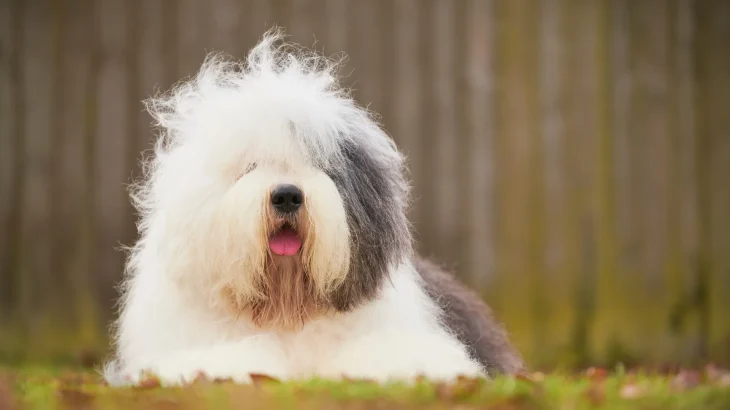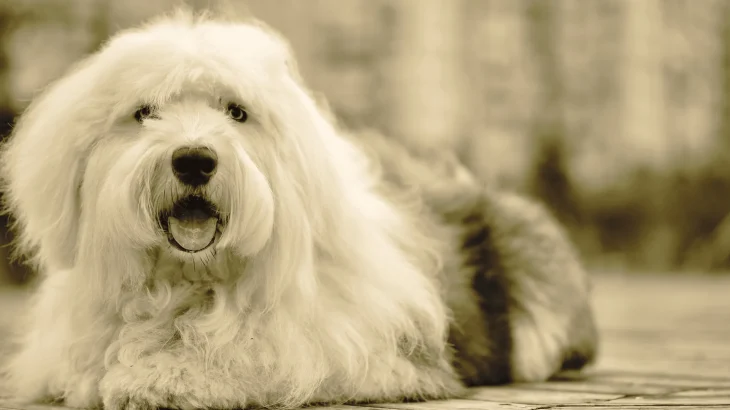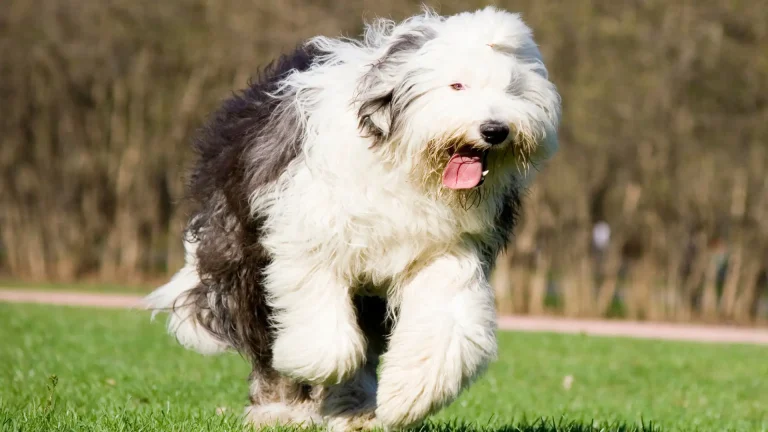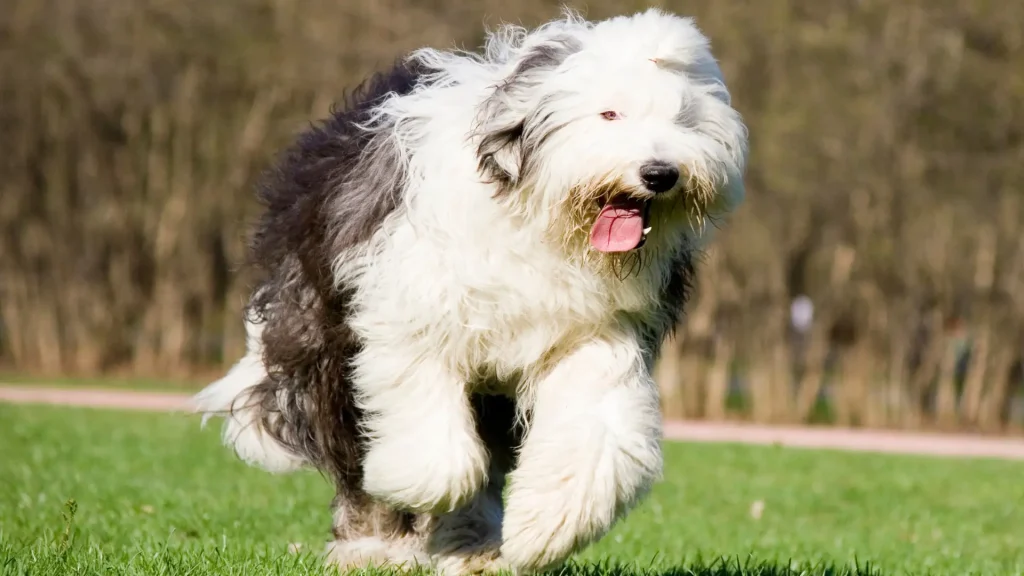Deciding between adopting or purchasing a Polish Lowland Sheepdog puppy involves weighing the advantages of each option. Buying from a breeder often ensures a clearer health history and pedigree, while adoption supports giving a home to a dog in need, sometimes with less predictability about background.
| Criteria | Buying from Breeder | Adopting from Shelter/Rescue |
|---|---|---|
| Cost | Higher initial cost due to breeding and lineage documentation. | Lower adoption fees, often including vaccinations and spay/neuter. |
| Health History | Detailed records and genetic screening available from reputable breeders. | Health history may be limited; shelters provide basic health checks. |
| Age Availability | Mostly puppies, allowing you to raise the dog from a young age. | Variety of ages including adults and seniors. |
| Temperament Insight | Breeders can share lineage temperament traits and early socialization details. | Shelter staff can observe behavior but background info may be unknown. |
| Ethical Considerations | Supports responsible breeding programs when choosing ethical breeders. | Helps reduce shelter overpopulation by providing homes to dogs in need. |
| Breed Purity & Pedigree | Guaranteed purebred with documented pedigree. | Possibility of mixed or unknown breed lineage. |

